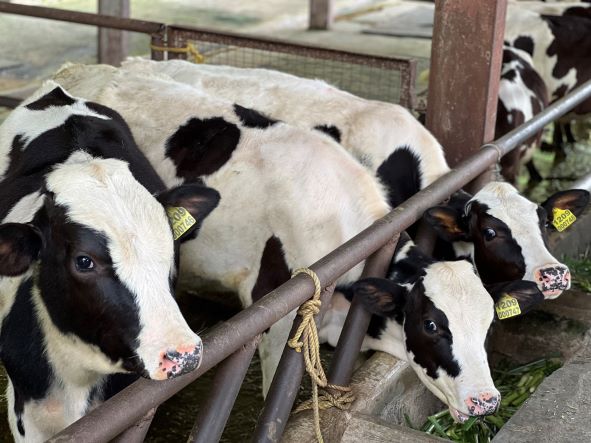A longitudinal study of brucella abortus infection in a cattle breeding farm in Bhutan
Keywords:
Brucella, cattle, food safety, health safety, infection, zoonosesAbstract
Brucellosis is a zoonotic disease that affects multiple species of animal and humans. Following importation of cattle in late 2014, the National Jersey Breeding Center (NJBC), Samtse a nucleus breeding farm experienced unusual rate of abortion (54.17%; 13/24) within a short period of time. A detailed investigation by the National Centre for Animal Health (NCAH), Serbithang confirmed Brucellosis as the cause of abortion in the nucleus breeding farm. Subsequently, a study was conducted to investigate the progression of disease in the farm. Between February 2016 to November 2016, serum and milk samples were collected from the entire farm animals at five different time points and subjected to Rose Bengal Test (RBT), ELISA (enzyme linked immunosorbent assay), Complement Fixation Test (CFT), bacterial culture and polymerase chain reaction (PCR). The mean farm prevalence of brucellosis was 32.80 (SE ± 2.32, range: 25.00-38.18) by RBT, 40.11 (SE ± 2.42, range:35.94-38.18) by ELISA and 37.17 (SE ±1.01, range:36.15-38.18) by CFT. The mean percentage of milking cows found shedding Brucella abortus in the milk was found to be 37.17 (SE± 1.01, range:13.33-30.30). Overall, the prevalence of the disease did not show significant variation during the study period. However, this study has shown that there is active infection and shedding of organism occurring in the farm animals. Therefore, there is an urgent need to control and prevent the spread of infection among the animals, to the farm workers and outside the farm.

Downloads
Published
License
Copyright (c) 2022 Bhutan Journal of Animal Science

This work is licensed under a Creative Commons Attribution 4.0 International License.





